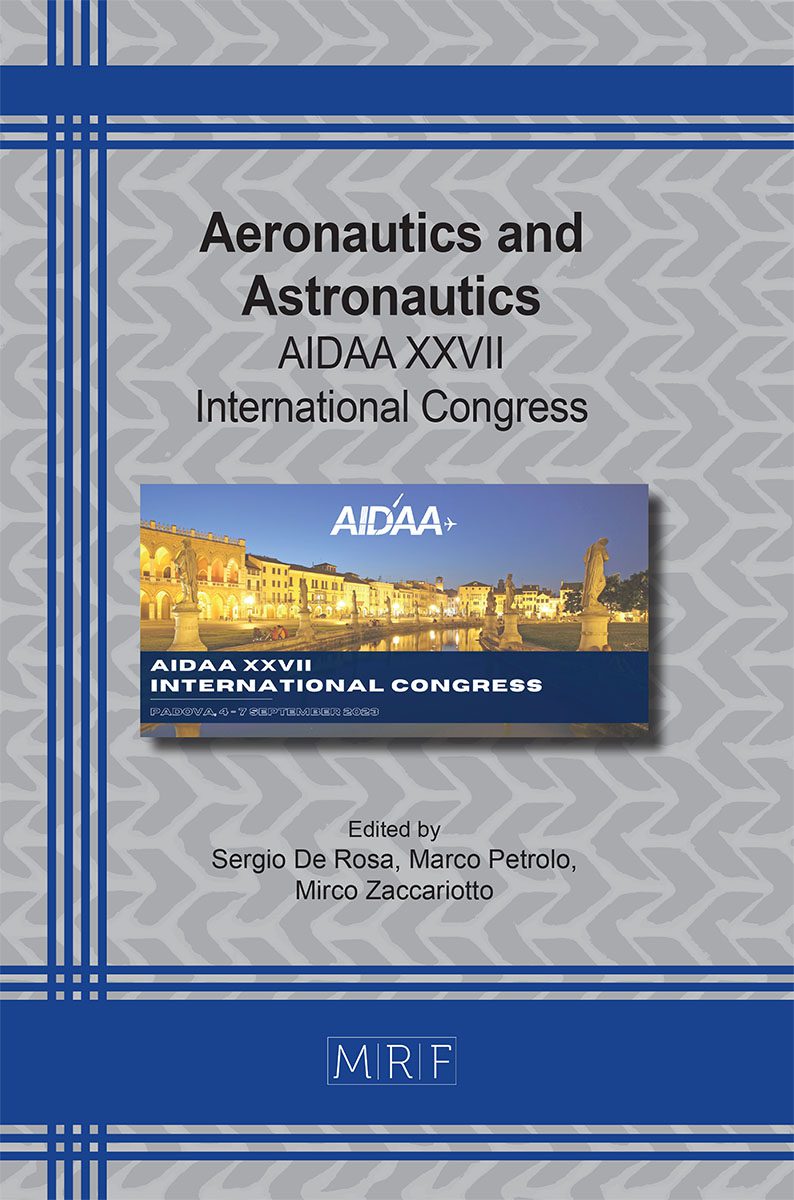Coupling effect of acoustic resonators for low-frequency sound suppression
G. Catapane, L.M. Cardone, G. Petrone, O. Robin, F. Franco
download PDFAbstract. Acoustic resonators like Helmholtz resonators, micro-perforated panels and quarter wavelength tubes are employed to suppress tonal noise for several industry application. The issue related to the design of these resonators is their bulkiness for low-frequency application and their narrow band behaviour. In this paper, microperforated panels and coiled quarter wavelength tubes are coupled in series and in parallel, tested inside impedance tube for sound absorption. The experimental samples are 3D printed with filament (PLA) additive manufacturing technique. The two acoustic devices are coupled and tested to reach broadband low-frequency noise suppression just by positioning one respect to the other in series or in parallel. The reported results demonstrate that the tonal behaviour of the acoustic devices can lead to enlarged absorption if they are tuned at similar frequencies. The disposition of the acoustic resonators and their frequency tuning hardly impact absorption: indeed, anti-resonance and filtering effect are experienced for series configuration, while parallel configuration is the sum of the two acoustic devices standalone absorption behaviour.
Keywords
Sound Absorption, Acoustic Resonators, Noise Suppression
Published online 11/1/2023, 4 pages
Copyright © 2023 by the author(s)
Published under license by Materials Research Forum LLC., Millersville PA, USA
Citation: G. Catapane, L.M. Cardone, G. Petrone, O. Robin, F. Franco, Coupling effect of acoustic resonators for low-frequency sound suppression, Materials Research Proceedings, Vol. 37, pp 254-257, 2023
DOI: https://doi.org/10.21741/9781644902813-55
The article was published as article 55 of the book Aeronautics and Astronautics
![]() Content from this work may be used under the terms of the Creative Commons Attribution 3.0 license. Any further distribution of this work must maintain attribution to the author(s) and the title of the work, journal citation and DOI.
Content from this work may be used under the terms of the Creative Commons Attribution 3.0 license. Any further distribution of this work must maintain attribution to the author(s) and the title of the work, journal citation and DOI.
References
[1] D.-Y. Maa, “Potential of microperforated panel absorber,” J Acoust Soc Am, vol. 104, no. 5, pp. 2861–2866, 1998. https://doi.org/10.1121/1.423870.
[2] C. Wang and L. Huang, “On the acoustic properties of parallel arrangement of multiple micro-perforated panel absorbers with different cavity depths,” J Acoust Soc Am, vol. 130, no. 1, pp. 208–218, 2011. https://doi.org/10.1121/1.3596459.
[3] N. Atalla and F. Sgard, “Modeling of perforated plates and screens using rigid frame porous models,” J Sound Vib, vol. 303, no. 1–2, pp. 195–208, 2007. https://doi.org/10.1016/j.jsv.2007.01.012.
[4] A. Magnani, C. Marescotti, and F. Pompoli, “Acoustic absorption modeling of single and multiple coiled-up resonators,” Applied Acoustics, vol. 186, 2022. https://doi.org/10.1016/j.apacoust.2021.108504.












